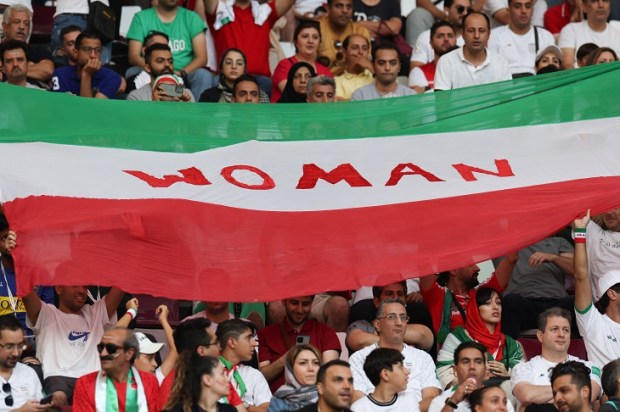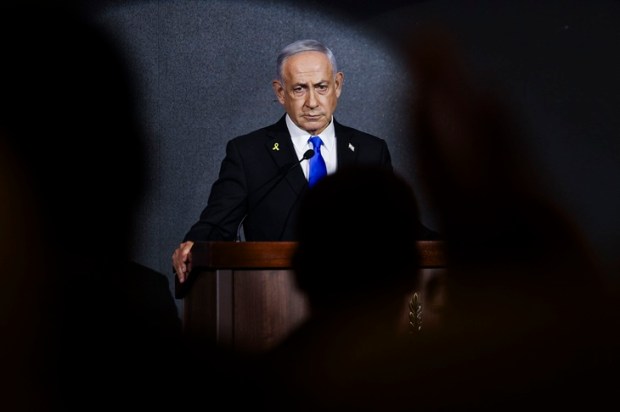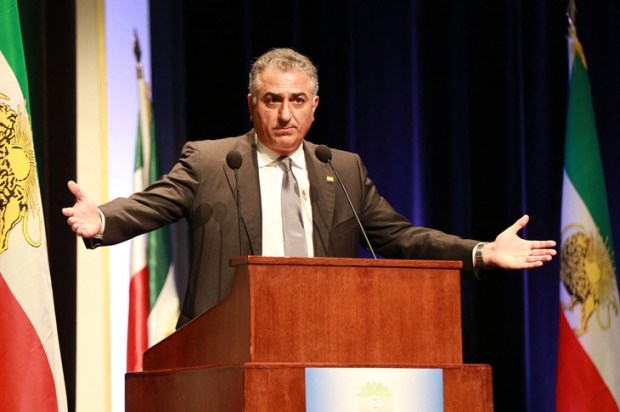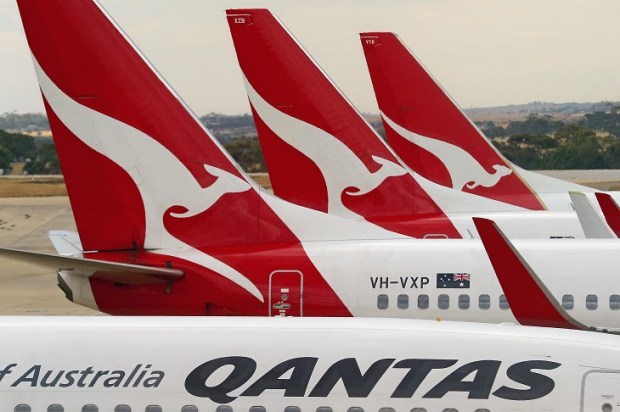Effective integration is not easy for a migrant. When I entered Australia about twenty-five years ago, I felt like a complete outsider. Had I come from an English-speaking country like Britain, with a shared history, integration would have been much easier, but coming from Iran, it was doubly difficult because of the language barrier and the cultural differences. I had to start from scratch and battle with the basics.
Integration involves housing, employment, and education, as well as social and cultural adaptation to the new society. This is true for both the individual and the group. Clearly, the government isn’t solely responsible for integration; migrants, too, must share this responsibility.
When immigrants settle in Australia, they need to find a place in this society, not only to meet their physical needs, such as housing, but also to meet their social and cultural needs and the needs of their host country. My observations and personal experience suggest there are at least four key factors to smoothing the integration process:
Proficiency in English: Of all the challenges I faced when I first arrived in Australia, improving my English skills was the greatest. Learning a second language as an adult is difficult. Language is deeply connected to all we have learned and experienced since infancy.
The author of The brain that changes itself, Dr Norman Doidge, believes in the malleable nature of our brain: ‘In order to master a second language, you need to silence the tyranny of the mother tongue and the best way to achieve that is through true immersion.’ A Ukrainian friend of mine started learning English in his twenties, living and working for a couple of years completely outside his Ukrainian community, and now speaks as fluently as a native speaker.
There are free English courses available at TAFE for all new adult settlers alongside well-organised programs at schools for children and teenagers. Moreover, almost all public libraries have an ESL section (English as Second Language), which offers a wealth of material: books, videos, and audiobooks. The internet, in particular YouTube, is another rich source of material for learning English.
Bridging the gap between the home culture and Australian culture: I had a close encounter with some migrants at my first job. They lived nearby and frequently bought cigarettes, milk, and bread at the shop in which I worked. This allowed me to get to know them and their struggle to integrate. They seemed to have been among the refugees escaping the horrifying wars in the 1970s and 80s. The parents had only a basic knowledge of English. Their children were fluent, with an unmistakable accent. The family watched their ethnic satellite channels and practised their religion and customs at home. I felt it was very confusing for their children – where did they belong? I wondered how they mixed with their schoolfriends. Bridging this gap is an essential element of integration and will encourage immigrants to engage with broader Australian communities.
Becoming familiar with Australia’s history and culture: When I felt that my first job was secure and our financial worries were not so pressing, I started looking around for courses that suited my interests. I enrolled for one English subject and The History of Australia and Multiculturalism. It was fascinating to read about Indigenous Australians, the White Australia Policy, the Anzac legend, and the reforms put in place by courageous leaders like Gough Whitlam.
It isn’t enough to just live, work and have a social life in this country; we need to know about its history, culture, people, political structure, and literature. Educating oneself about these matters will benefit not only the individual.
Following the news and being involved in various activities: The immigrant arrival figures on the immigration department website indicate that the migrant population is increasing significantly each year and the demographics in Australia have changed from twenty years ago. In other words, now migrants are playing a much bigger role in Australian life. So, we migrants can’t be indifferent to what is happening in our country. The first thing I do in the morning is to check the news in the Sydney Morning Herald, and get an update on events here and overseas on the ABC news.
In November 2012, I attended a Q&A program and presented a question that became a headline throughout the country the following day. Perhaps to many it wasn’t a proposition to be taken seriously. Nevertheless, it was significant for me: it meant I wasn’t on the sidelines anymore and I could use my democratic rights to publicly voice my opinion about a political issue. It was proof that I’d learned enough about the culture and political landscape in this country to feel at home and have a genuine sense of belonging. Evidently, for others, this may come from involvement in activities such as sport or art.
In my second year in Australia, after reading about its history, I felt an odd connection with those fabled first migrants, although I was a newcomer. I wasn’t a convict and I hadn’t been forced to come here, but like them I had to start from scratch. Unlike them, I could enjoy the support of the Australian government, I was treated with respect and allowed my dignity, and I could find a job and start building a good life for my family and myself. I felt indebted to all who had made sacrifices to create this magnificent country. Although my struggle to settle in a new land had just begun, the story of Australia, its formation, and its people gave me enormous hope.
Perhaps nationalism is a step too far, but I believe that every migrant should develop a reasonable sense of patriotism for Australia over time. I don’t find any conflict between multiculturalism and national pride; they can both go hand in hand to build a united nation.

























